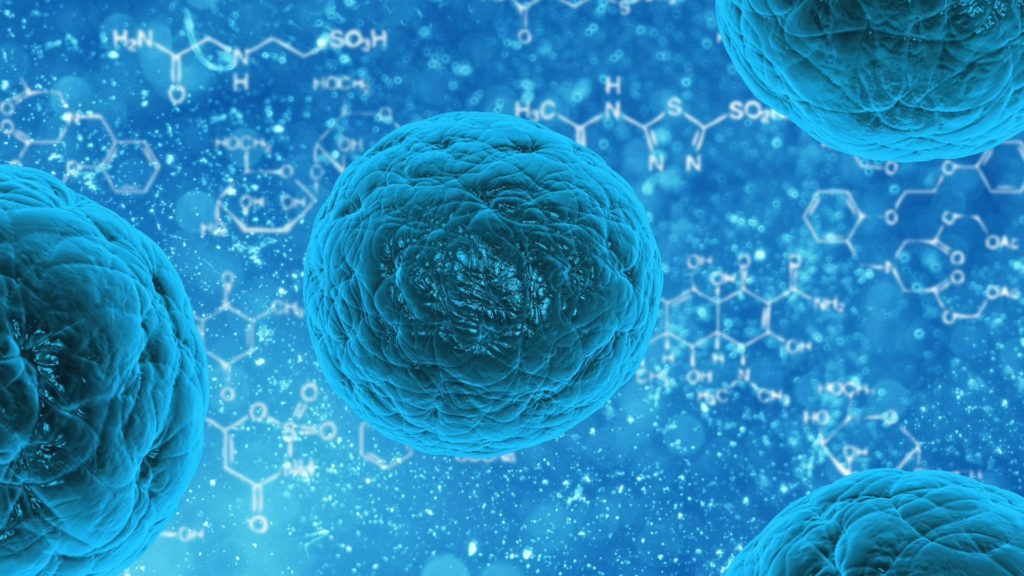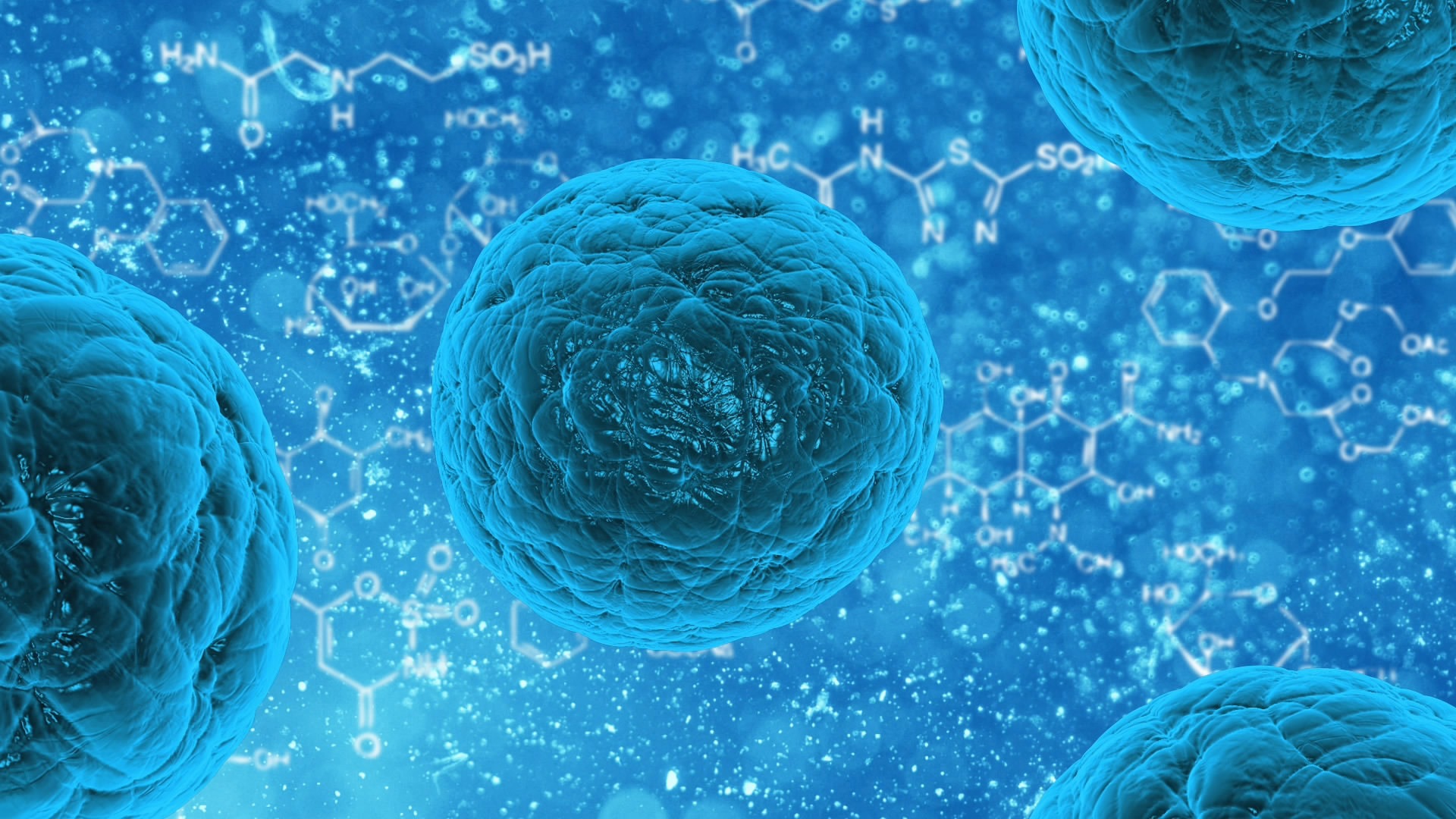We put together this quick guide to stem cells so you can better understand some of the current trends in today’s market place and you can be better informed and purchase the products that you are most comfortable with. There are some do’s and dont’s. So, you are right to go the extra mile. Knowledge is power and peace of mind is priceless.

Often times the words “stem cells” results in an eyebrow raising hesitancy. That reaction is reasonable given the past news that made headlines and congressional investigations into blatant human rights violations. The FDA is currently the regulatory authority that governs the stem-cells research guidelines in the United States Of America.
Currently the law differentiates between the various kinds of stem cells. There are some that are illegal. Most importantly embryonic stem cells are prohibited.
- Current federal law enacted by Congress is clear in prohibiting “research in which a human embryo or embryos are destroyed, discarded, or knowingly subjected to risk of injury or death.” Embryonic stem cell research requires the destruction of live human embryos to obtain their stem cells.
- NIH funding of the derivation of stem cells from human embryos is prohibited by the annual appropriations ban on the funding of human embryo research. Research using hESCs derived from other sources is also not eligible for funding.
In an effort to maintain human rights and morality researchers have found stem cells from other places that are quite effective in medicine and research. These stem cells are derived from:
- Cord Blood & Cord Tissue: The youngest legal stem cell is still considered an adult/mature stem cell. These stem cells are still very healthy and are able to be used for medical purposes. Cord and tissue banking became more mainstream in the late 90’s as parents realized the health benefits and the fact that should their child develop serious injury or disease in the future they could source their baby’s own bio-identical stem cells to use in the medicine or surgery created to cure their child. Alpha Cord is one such company that specializes in saving stem cell for future health.
- Placental Tissue: Placental stem cells are cells sourced from the placenta, which is collected after delivery of full-term healthy babies. This tissue is expelled from the mother’s body after a baby is born since it is no longer needed to nourish the child through development. As a matter of fact it is absolutely necessary for the placenta to exit the mother or potential death of the mother may occur. As such, historically, midwives would create ceremonies regarding the placenta or even “medicine” for the mother’s to ingest in an effort to normalize her hormones after birth. Science has since developed way to use healthy placenta to treat various genetic disorders including leukemia, certain cancers, and some inherited disorders.
- Bone Marrow: These stem cells can be collected later in life. It is similar to the cord blood. Most often it is taken from the patient who needs the medical treatment because there is a high risk of rejection from the patient’s body, though donors are sometimes available.
- Peripheral Blood: Similar to the Bone marrow blood tissues, peripheral blood seems to take longer for the effects to take place and have a lower efficacy rate. In a meta-analysis of 9 trials totaling 1,111 patients, researchers found time to engraftment was slower and the frequency of graft-versus-host disease was greater in transplantations using peripheral blood than bone marrow. Researchers believe this has something to do with the removal of the stem cells from their bone marrow environment although the exact reason is not clear.
- Fat (Adipose)-Derived: Adipose stem cells are collected from fat tissue by way of an invasive liposuction-like procedure and are not the same as those found in cord blood or bone marrow. This means that they do not treat the blood cancers and diseases that cord blood or bone marrow treat. These stem cells show promise for heart and kidney disease, ALS, wound healing and some autoimmune diseases.
- Dental Pulp: A relatively new discovery is the stem cells in dental pulp. Teeth contain the same type of stem cells as adipose tissue and umbilical cord tissue, so once again, they are not used to treat the blood cancers and diseases that cord blood or bone marrow treat. Like cord tissue, however, dental pulp could hold future potential for heart and kidney disease, ALS, wound healing and some autoimmune diseases, and collection could involve simply saving all the teeth that fall out as the child grows. As such, much like cord blood banks, tooth banks have developed as a way to save stem cells for future health issues. No extreme surgeries needed you can just give your child’s newly pulled tooth to the tooth bank – after the tooth fairy visits, of course. These stem cells will be able to be used in the re-growth of teeth in just nine weeks, an exciting development. Already in use around the world it is currently seeking FDA approval in the USA. Medical researchers in NYC are leading the field in the US. You can read more about this topic here: New York Oral & Facial Surgery
There are, of course, plant derived stem cells that are very popular in the beauty industry. Though they are thought to be extremely helpful for skincare they are not interchangeable with human stem cells for medical use.
*Research for this article was sourced in part by Cryo-Cell
*We are not medical experts and this information is based solely on our own research.
